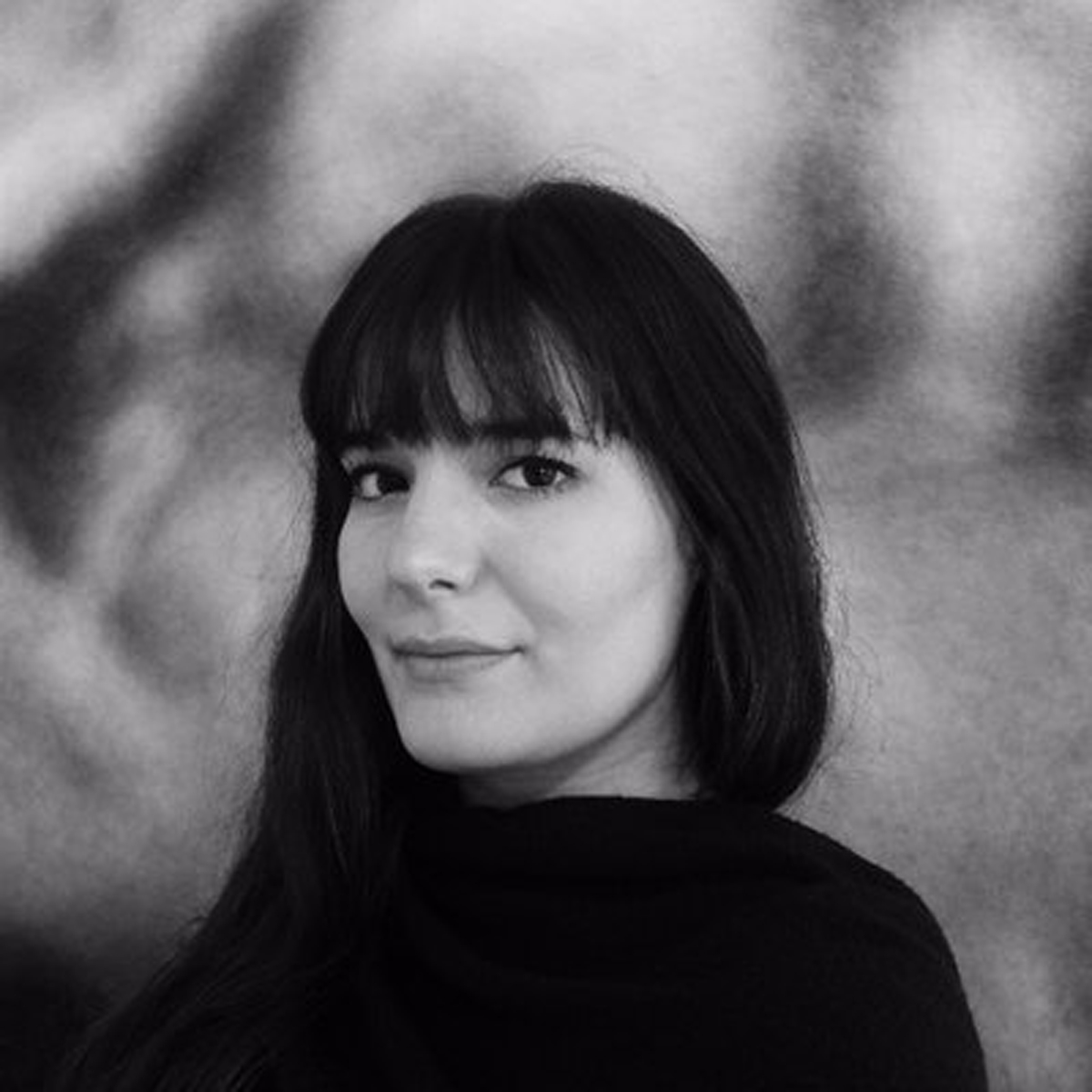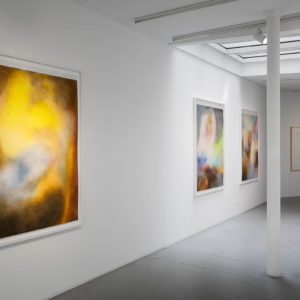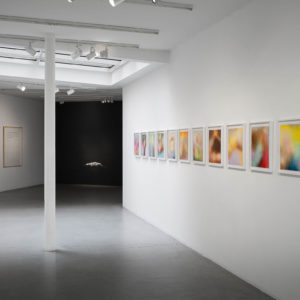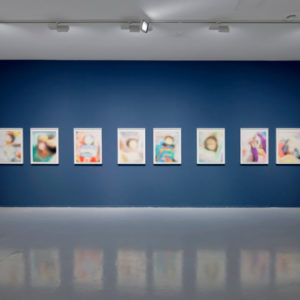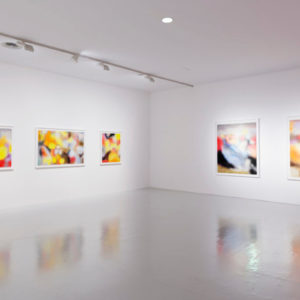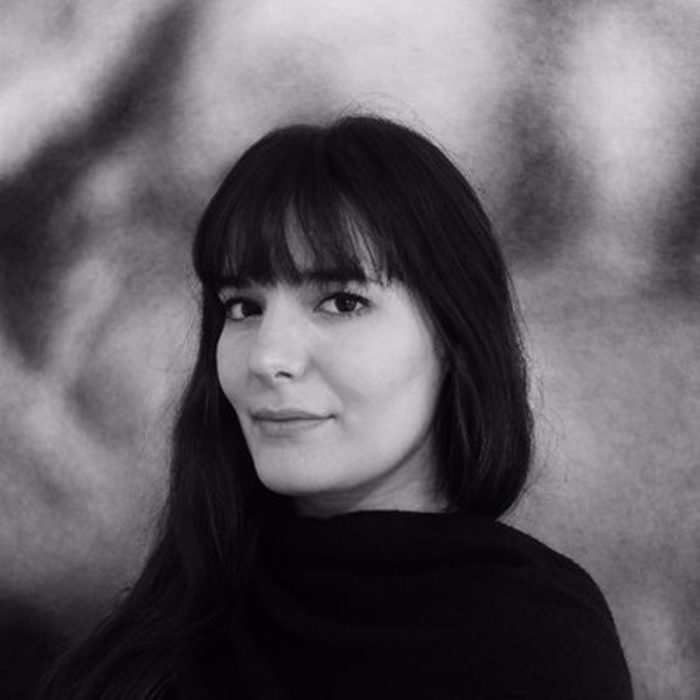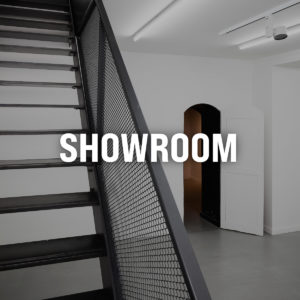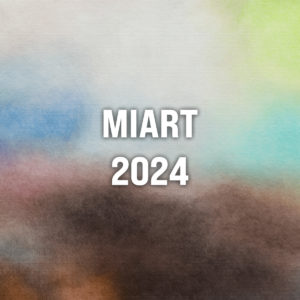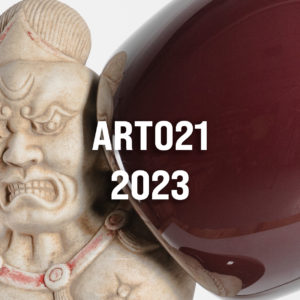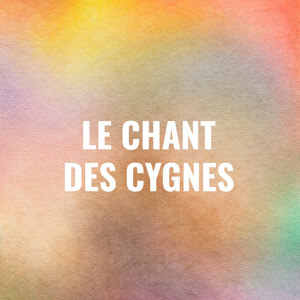Born in 1989 in Paris.
Lives and works in Brussels, Belgium
EDUCATION
2009-2014 ENSAV La Cambre, Bachelor and Master’s degree: Drawing, Brussels, Belgium
2008-2009 Preparatory course in Arts, Atelier de Sèvres, Paris, France
2007-2008 École supérieure Estienne, MANAA, Paris, France
SOLO EXHIBITIONS
2025
Submersion, Meessen gallery, 17 january-1 march, Brussels, Belgium
2023
Lisières, Le Cellier Centre d’art Contemporain, Reims, France
2022
Le Chant des Cygnes, Galerie PARIS-B, Paris, France
2021
Feelings on Felt, Musée d’Art Moderne et Contemporain Saint-Étienne, Saint-Étienne, France
2019
Perp walk, Le Botanique, Brussels, Belgium
EIDÔLON “Before my gaze thy soul’s eidolon stands”, Galerie Paris-B, Paris, France
Purple Blanket, IMAGE/IMATGE Centre d’art, Orthez, France
Percepts, Esther Verhaeghe Art Concepts, Place du Châtelain, Bruxelles, Belgique
2018
Sous l’image, Galerie Les Drapiers, Liège, Belgium
2017
Rémanences, Galerie PARIS-B, PBProject, Paris, France
FACEPALM, Maac-Maison d’art actuel des chartreux, Brussels, Belgium
2015
Léa Belooussovitch : Public View, Solo Show, Platform 102, curated by Odie R.Cash, Brussels, Belgium
GROUP EXHIBITIONS
2025
A public affair, Cloud Seven, Brussels
2024
Absences, mues et macules, a project by Meessen gallery at L’atlas, Paris
40×10, ten years anniversary exhibition of Moonens Foundation, Brussels
Biennale W.A.W, Biennale d’art contemporain en plein air, Site du Parc du Rouge-Cloître, Brussels, Belgium
Suppose you are not, curated by Selen Ansen, ARTER museum, Istanbul, Turkey
2023
L’image en creux, curated by Etienne Hatt, le 100ecs, Paris, France
Inspired by love, Belfius Collection, curated by Anouck Clissen & Benedicte Bouton, Brussels, Belgium
Support, curated by Agathe Naito & Rosalie Vasey, C.H.U.V Lausanne, Switzerland
Faire avec, curated by Dylan Caruso, H2M centre d’art contemporain, Bourg-en-Bresse, France
Là où je me terre, curated by Mélanie Rainville, ISELP, Brussels, Belgium
En regard, dialogue entre les collections du Musée d’Ixelles et de la Province de Namur, Le Delta, Namur, Belgique
La ligne trouble, curated by Elise Girardot, Espace culturel François Mitterrand, Périgueux, France
2022
Le Promontoire du Songe, Frac Auvergne, curated by Jean-Charles Vergne, Clemont-Ferrand, France
The Derwent Art Prize, exhibition with the selected artists, OXO Tower, London, United Kingdom
11 years of residencies, Curated by Laura Neve, Espace Vanderborght, Brussels, Belgium
Décors & Paysages, Council of the European Union, curated by Lola Meotti
La vie matérielle, curated by Carine Fol & Marina Dacci, CENTRALE for contemporary art, Brussels, Belgium
2021
ACME Vision, curated by Lucien Roux, SB34 The Pool, Brussels, Belgium
Etat Pictural, curated by Claude Lorent, Belgian Gallery, Namur, Belgium
Bye Bye His-story, curated by Emmanuel Lambion, Centre de la gravure et de l’image imprimée, La Louvière, Belgium
2020
What you’ve missed, Galerie PARIS-B, Paris, France
Young Belgium – Opus 1 – Ineffable, La Patinoire Royale, Brussels, Belgium
Art cares covid, organized by Maelle Delaplanche, Musée Royaux des Beaux-Arts, Brussels, Belgium
2019
Women Underexposed, Belfius Art Collection, Brussels, Belgium
Prix Médiatine 15#1 Manifeste pour une création visuelle actuelle, Centre Wallonie-Bruxelles, Paris, France
Le bien, le mal et le très mal, curated by Michael Dans, SPACE Collection, Liège, Belgium
Le réel dispose de son invention, Centre d’Art Contemporain Les Tanneries, Amilly, France
2018
Sans tambour ni trompette, curated by Julie Crenn, Centre d’art Faux Mouvement, Metz, France
Dans l’intimité des crinolines, curated by Michael Dans, Prix du Parlement, Parlement de la FWB, Brussels
Summer group show, Galerie PARIS-B, Paris, France
I still believe in miracles, curated by Gatien du Bois, Laurent de Meyer, Penthouse Art Residency, Hotel Bloom, Brussels, Belgium
2017
Newwwar, it’s just a game ? curated by Marion Zilio, Bandjoun Station, Cameroun
Art Contest 2017, Vanderborght building, Brussels, Belgium
Sans Tambour ni Trompette, cent ans de guerres, curated by Julie Crenn, Le Parvis, Tarbes, France
Tremblements, with Matthieu Boucherit and Coraline de Chiara, Galerie Valérie Delaunay, Paris, France
Session#6 : Système, Galerie Paris-B, Paris, France
The birth of tragedy, Frederic Collier/contemporary, Brussels, Belgium
Friche, le hangar de la Senne, Le Hangar de la Senne, Brussels, Belgium
Mediatine Prize, exhibition with the laureates, La Médiatine, Brussels, Belgium
L’art pour l’ Accueil, exposition et évènement de charité, H18, Brussels, Belgium
2016
Une inconnue d’avance, Bourse Révélations Emerige, curated by Gaël Charbau, Villa Emerige, Paris
Déformation Professionnelle, Galerie PARIS-B, Paris, France
Collecting, 5 ans de soutien à la création, Maison des Arts Anderlecht, Brussels, Belgium
De la lumière, Francis Carrette Gallery, Brussels, Belgium
S.Balleux, L.Belooussovitch, S.Bonin, H.Prinz, D+T Project gallery, Brussels, Belgium
Learning how to see again, WYA’s European Arts Forum, Brussels, Belgium
5/5, end of residency show, Fondation privée du Carrefour des Arts, Brussels, Belgium
Paperworks, Antena Gallery, curated by Odie R.Cash, Chicago, USA
Somewhere over the rainbow, HD gallery, Brussels, Belgium
Friche, PIAS Anderlecht, Brussels, Belgium
Spatial Sublation, 4 solos shows project, curated by Jana Haeckel, WIELS, Brussels, Belgium
Nevertheless, a two-part project with João Freitas, Musumeci Contemporary, Brussels, Belgium
2015
The Waste Land, Galerie Nadine Feront, Brussels, Belgium
Contemporary Multiples and editions, Platform 102, Brussels, Belgium
Not an opening…just a peek, Fondation Moonens, Brussels, Belgium
Friche, group show, LaVallée, Brussels, Belgium
2014
Autrement dit, Trade Mart, Brussels, Belgium
Friche, open house à Anderlecht, Brussels, Belgium
Carte de visite, Vanderborght building, Brussels, Belgium
2013
Not ordinary view, Galerie Artecontemporanea, Brussels, Belgium
Color rooms, Galerie Starter, Neuilly-sur-Seine, France
Désorienté(s), ISELP, Brussels, Belgium
2012
L’inquiétante étrangeté, Galerie Oberkampf, Paris, France
Emergences Numériques, Festival Transnumériques, Brussels, Belgium
2011
Museomix, collective project with Mosquito Agency, Musée des Arts Décoratifs, Paris, France
Zapping, in-situ installation de dessins, RTBF, Brussels, Belgium
AWARDS AND GRANTS
2022
Shortlisted for Derwent Art Prize, London
2017 – 2020
Annual grants to support the creation from the Fédération Wallonie-Brussels, Belgium
2020
Laureate of Prix des Partenaires, Musée d’art moderne et contemporain de Saint-Etienne Métropole, France
2018
Laureate of Prix du Parlement de la Fédération Wallonie-Bruxelles, Belgium
2017
Selected for Art Contest 2017, Brussels, Belgium
Laureate of Prix COCOF, La Médiatine, Brussels, Belgium
Laureate of Bourse COCOF Maac 2017, Belgium
2016
Selected for Bourse Revelations EMERIGE, Paris, France
2014
Laureate of the MOONENS prize 2014, Belgium
RESIDENCIES
2017
Residency at Bandjoun Station, Fondation Barthélémy Toguo, Cameroun
Residency at MAAC : Maison d’Art Actuel des Chartreux, Brussels, Belgium
2015-2016
Residency at Fondation Carrefour des Arts, Brussels, Belgium
2014-2015
Residency at Fondation Moonens, Brussels, Belgium
COLLECTIONS
CHUV – Centre Hospitalier Universitaire Vaudois, Switzerland
Musée d’Ixelles, Belgium
Banque Nationale de Belgique, Belgium
Parlement de la Fédération Wallonie-Bruxelles, Belgium
Musée d’Art Moderne et Contemporain de Saint-Etienne Métropole, France
Collection Frédéric de Goldschmidt, Brussels
Frac Auvergne, France
Fond d’investissement mécénat d’art contemporain – FIMAC, Lille, France
Le Bel Ordinaire, Pau, France
Belfius Art Collection, Belgium
Thalie Foundation, Belgium
Collection d’entreprise Picard Vins & Spiritueux, France
Collection Ömer Mehmet Koç, Turquie
Collection Dassault, France
Fondation Privée du Carrefour des Arts, Belgium
Private collections in Belgium, England, Luxembourg and France
PUBLICATIONS
Monographie 2023 – Editions Centre Culturel Wolubilis (2023)
Dessin dans l’art contemporain – 80 artistes, Barbara Soyer, Editions Pyramyd (2022)
Le Promontoire du Songe, textes de Jean-Charles Vergne, FRAC Auvergne (2022)
Feelings on felt, edition of MAMC Saint-Etienne Métropole & The Drawer (2021)
La Vie Matérielle, exhibition book edited by Centrale for Contemporary art (2021)
Young Belgium, Opus 1, Ineffable, Edition La Patinoire Royale (2020)
Léa Belooussovitch, edition of Galerie Paris-Beijing (2019)
Facepalm, edition of Maac Brussels (2017)
TALKS, INTERVENTIONS
2023
Quelle folie!, colloque de l’association de la cause freudienne, Bordeaux, France
Les mondes du dessin, with Barbara Soyer, Art on Paper, Brussels, Belgium
Elan d’artistes, podcast by Alix Dehin
2022
Ce que peuvent les images, Science Po, Paris, France
2021
Le passage au dessin, reprises, mises au point et aveuglement des images, MAMC Saint-Etienne, France
2019
Belfius Lounge during Art Brussels
Intervention at ENSAPC Cergy, France
Intervention at Académie des Arts de Molenbeek,Brussels, Belgium
Meeting with the artists, Centre d’Art Contemporain les Tanneries, Amilly, France
-

Group Show
Une vie à l’Opéra
06/30/2022 - 07/30/2022 -

Léa Belooussovitch
Le Chant des Cygnes
04/23/2022 - 06/18/2022 -
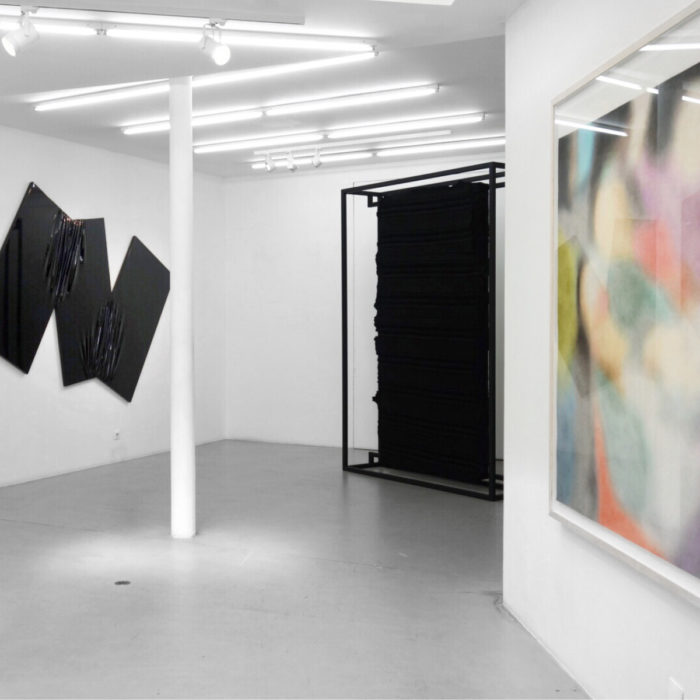
Group show
WHAT YOU’VE MISSED …
05/25/2020 - 07/25/2020 -
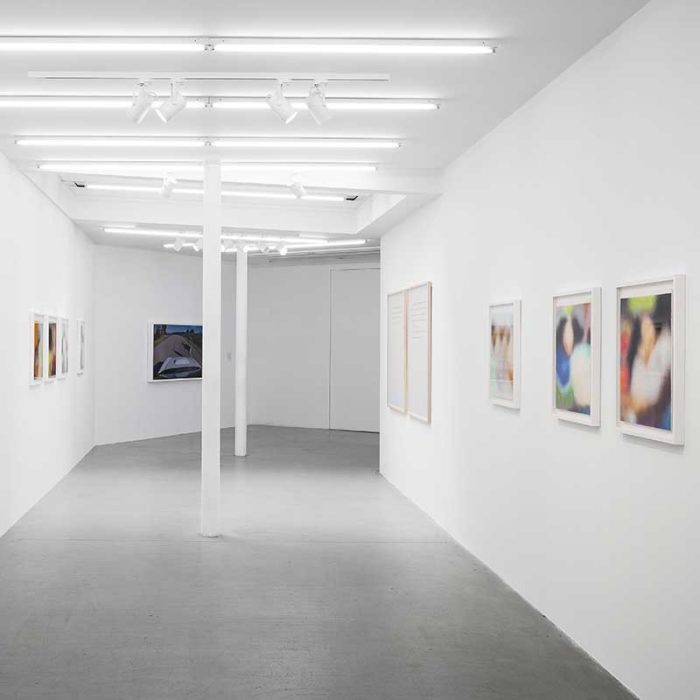
Léa Belooussovitch
EIDÔLON « Before my gaze thy soul’s eidolon stands »
05/04/2019 - 07/06/2019 -
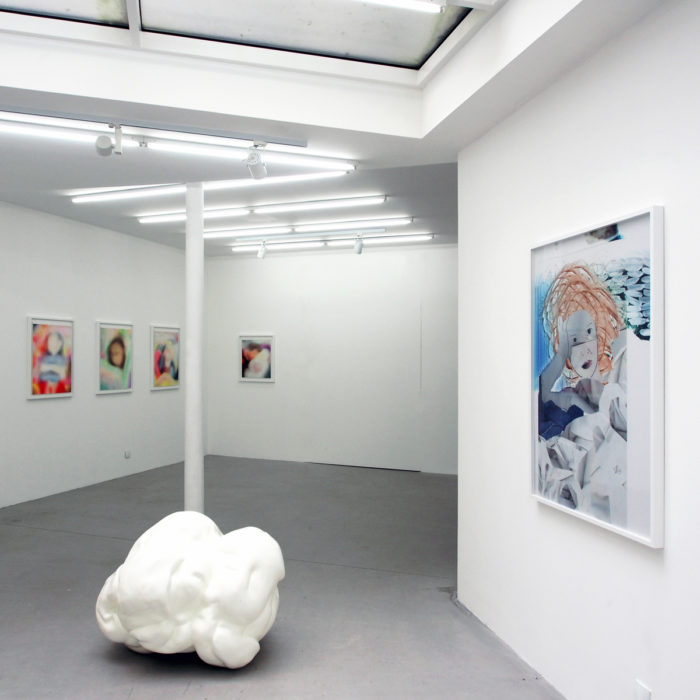
SUMMER GROUP SHOW
07/01/2018 - 07/28/2018 -
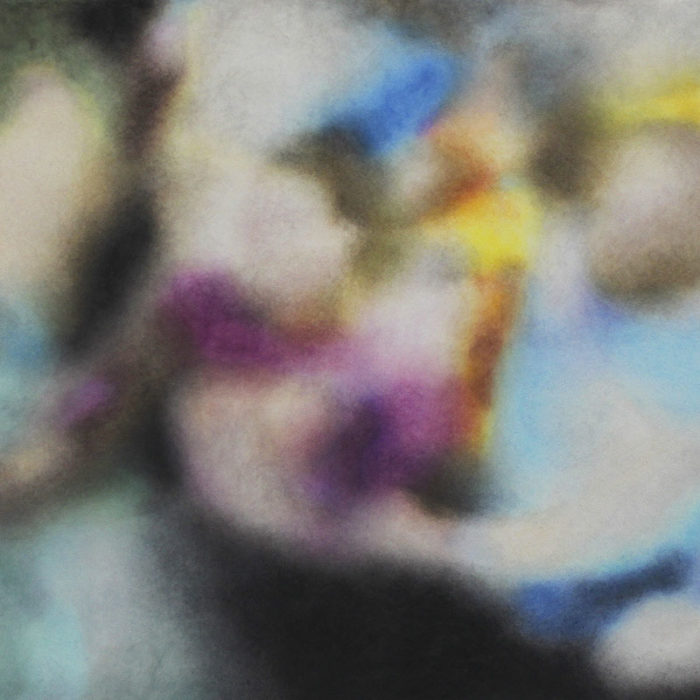
PB PROJECT : Léa Belooussovitch
REMANENCES
09/07/2017 - 10/28/2017 -
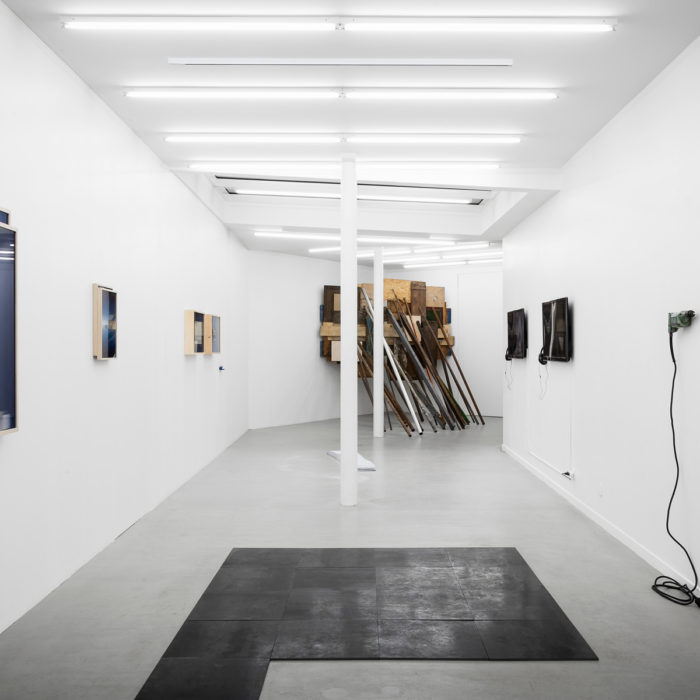
A project by Raphaël Denis
DEFORMATION PROFESSIONNELLE
11/05/2016 - 12/21/2016
Discussion between Léa Belooussovitch and Alexandre Quoi - Le dessin réparateur
Interview for the MAMC Saint-Etienne métropole

Le monstre image – Juliette Mantelet 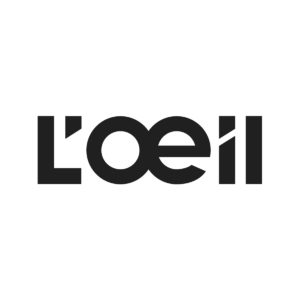
Jeune scène française : Léa Belooussovitch – Anne-Charlotte Michaut 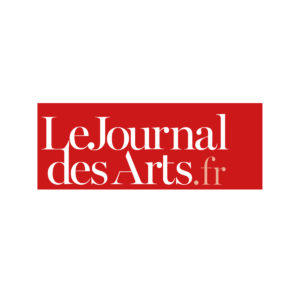
Une nouvelle peinture d’histoire – Itzhak Goldberg 
Léa Belooussovitch, un monde devenu f(l)ou – Maïlys Celeux-Lanval 
Léa Belooussovitch, Musée d’Art moderne et contemporain, Saint-Etienne – Guillaume Benoit 
Léa Belooussovitch, Feelings on Felt – Julie Crenn 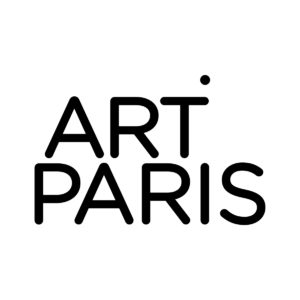
Histoires communes et peu communes – Paloma Hidalgo, Katarina Jansdottir et Gaël Charbau 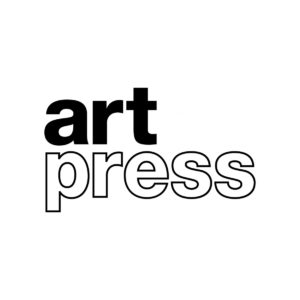
Léa Belooussovitch, à traits feutrés – Étienne Hatt et Chloé Baker
Léa Belooussovitch: The Lent of Images
– By Gaël Charbau, April 2019
During a recent conversation, Léa Belooussovitch confessed to me that people often ask to see the original photographs upon which her drawings on felt are based. It is a request that she has always refused, since the very point of this series is to present an image through the intermediary of an artistic process conceived as the inverse of the aesthetic of the many images that inundate us on a daily basis.
Let us recall the principle: starting with a particularly violent image – or, perhaps we should say an image corresponding to the everyday violence to which we have become accustomed – found in the media and derived from current events, Belooussovitch makes a copy, a double, an alternative. She subjects this image to a series of transformations that deconstruct it definitively. First, she reframes it, concentrating only on a detail, the scale of which will inevitably be modified in the final format. Next, rather than falling into the sort of hyperrealism that has come back into fashion, she produces this new image on an unexpected surface: felt. Far from the glossy appearance of magazines or the slick effect of our screens, this fibrous material used since antiquity immediately summons a sensuality – or, we might say, a “default corporality” – since it serves primarily to protect us from the cold. Finally, this material naturally degrades as the artist’s pencil strokes cover its surface. From the clear and speckled original image, the resulting work becomes downy, velvety, almost powdery, forming clouds of color that melt into one another, to such a point that without knowing the origin, we would think that we are looking at a purely abstract image. These three operations – reframing, changing the surface and “re-materialization”, not only strip the images from their media context but also from their intended use. It is almost as if Belooussovitch had transformed into a sort of captor: she captures, but she also captivates.
These raw snapshots of current events, thrust into our gaze, include war scenes, images of refugees and attacks; most of the time, the artist selects them because they capture the victims candidly and unposed. What creates the mechanical or digital eye in the hands of the photographer is a theater, a stage that incorporates our emotional reaction at the forefront, in the fixed moment of an instant. Conversely, the long period of time that the artist dedicates to her activities, which entails first scouring the media to find these images and then transforming them into drawn works, could correspond to a sort of repair job. As if the time in the studio became a time to heal, a step back from the overly-visible, a form of economy – and maybe even ecology – of seeing.
The new series, Executed Offenders (2019), proceeds from a similar gestural logic, in which the relocation of the point of view, and indeed the time that the artist devotes to the realization of the work, seem to offer a sort of re-orientation of our judgement. In this series, Léa Belooussovitch reproduces the last words of prisoners on “Death Row” in the state of Texas, recorded just before the start of the procedure. These final words have been inventoried, in a sober and administrative way, for several years on the website of the Texas Department of Criminal Justice. As the darkness approaches their voices, the inmates cry out about their innocence, ask for forgiveness or address their parting words to their families. With the help of a stencil, the artist carefully copies those last few utterances, letter by letter, with a ballpoint pen on large pieces of paper. This fastidious manual technique creates slight differences in the letter spacing and subtle misalignments appear in the characters. The typography selected by the artist is linear, similar in character to Helvetica, while the texts are presented on large white sheets of paper, without any particular consideration to the page layout. No effects are visible, apart from the small accidents of approach that betray the works’ artisanal execution.
Yet it is in the extreme reduction of the proposition that the artist manages to concentrate the emotion – which no image could possibly render – within these sometimes naïve or barely comprehensible words, thanks to which we imagine by default the face of these criminals, condemned for the atrocities they have committed, generating an empathy beyond good and evil.
The series Facepalm (2017) presents six portraits of women taken from the digital archives of the Chicago Tribune, dating from the period of prohibition in the United States. The artist has reframed the images so that they only show the faces of these “women bandits”, captured at the moment of their “perp walk.” Once again, Belooussovitch obscures the context that would allow us to situate the image within its history and environment: from the original scene, all that remains is a black and white close-up of the face of the person trying to escape the gaze of the crowd and the lenses, hiding her shame in her hands in this gesture dubbed “facepalm”. Masaccio painted what is perhaps the most famous example of this gesture in his Expulsion from the Garden of Eden in 1425. By hiding Adam’s face behind his two hands in this way, the Florentine painter found a formal solution, through the invisible, for obliging us to contemplate the violent feeling of being torn away – a way of hiding in order to better embody the subject. The intensity of this terrible moment seems to be reinforced in Belooussovitch’s work by the material upon which the artist has chosen to reproduce the image: a satiny textile, lightly floating in front of the picture rail and suspended by a thin rod. The violent pursuit of the gaze contrasts with the fragility of a surface that a shift in the air might disturb. And yet again, the sensitivity, the fragility and the delicacy are affirmed almost through resistance to the scene as it was originally fixed on the film.
Without establishing any sort of moral, the works of Léa Belooussovitch thus assume a sort of aesthetic of redemption, as if her work consisted of delivering the photographs and documents she collects from the impulse towards voyeurism that has shaped our relationship with images. Rather than shouting ever louder, rather than overplaying the codes of visual communication, she almost makes the image regress; she refolds it within a mental approach, holding the demons of immediacy and sensationalism at bay in order to situate us within a longer, more responsible timeframe for contemplation, yet without sacrificing the mystery of showing and seeing, which is part of our humanity.
Text from the collective exhibition catalog Newwwar. It’s Just a Game?
– By Marion Zilio, November 2017
Like the artist Joseph Beuys, whose personal mythology says that he was collected and treated with fat and felt after the crash of the plane he was piloting, the use of felt in Léa Belooussovitch bears the imprint of a therapeutic action. If the felt leads to healing or protects furniture during a move, it also attenuates the sounds. In Léa’s case, it absorbs the cries of pain and the violence of the images, but at the same time, it isolates from the noise of information: from the long- awaited relay of those for whom crime has become a spectacle. The machine-gunning of information, unsatis ed with hypnotizing us and keeping us in a state of dealy fear, has the double effect of amplifying the terrorist’s presence and glorifying the protagonists, failing the victims.
Léa Belooussovitch’s drawings come from images posted on the internet of the double suicide attack that took place in Maroua, in the far north of the country in July 2015. Because it houses the Cameroonian army’s operations command, this region which is regulary targeted by Nigerian insurgents of Boko Haram has become the scene of bloody clashes. On these images, unbearable to watch, Léa places a veil of modesty and chooses those whose humanity is piercing and prevents us from accepting fatality. Because it is the only image that bereaved consciences must retain. In the impossible resilience, her blurred and downy images exert an attraction on the viewer that plunges him into the colour and softness of the material. As a sort of comforting regression, Léa reverses the process of hypnosis: it is no longer the atrocious image that is imprinted in a loop in the brains, but it mist that we hope will only be a distant memory.
Group exhibition catalog « Newwwar. It’s Just a Game? », Bandjoun Station, Cameroon, November 17, 2017 – June 30, 2018. Curated by Marion Zilio, curator and art critic.
Text from the group exhibition press release Sans tambour ni trompette
– By Julie Crenn, September 2017
The white felt, an insulating and protective material, is the medium chosen by Léa Belooussovitch for her drawings. The artist works from images found on the Internet. They reflect extremely violent events, images of wars and/or attacks whose victims are placed in the foreground. She crops the images, focusing on a face or situation of extreme urgency. To the victims, the artist wishes to give them back a form of anonymity and a part of dignity. She rubs the felt with force using colour pencils. Images become blurred, gradually loosing their outlines in the woolly surface of the textile. The original image is unrecognisable, the subject is abstract and viewers can hardly guess the figures. The work requires an effort to establish a focus that happens to be impossible.
Text from the group exhibition press release « Sans tambour ni trompette », Musée Massey – Musée International des Hussards, Tarbes, September 2017. Curated by Julie Crenn, art critic and curator.
